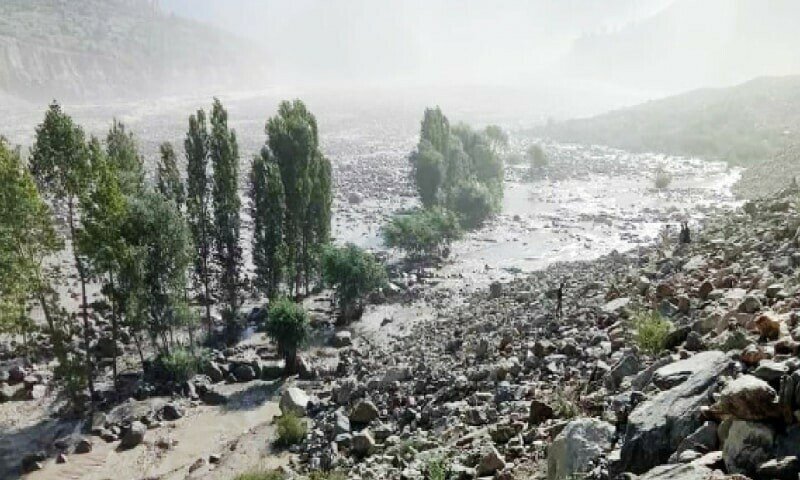Islamabad: Climate change is the key promoter of more frequent and less predictable floods in the mountains of the Hindu Kush Himalaya region, has found a 73 -year analysis of flood events.
The analysis of 1,015 floods, published this month in the Science Bulletin -A international magazine reviewed by peers-confirms a significant increase in the frequency of floods since 2000 driven by the increase in temperatures.
The Journal is sponsored by the Academy of Sciences of China and the National Foundation of Natural Sciences of China.
The frequency of flood has increased, confirms the study, but an additional key finding is an increase in unpredictability at the time of floods. While most events continue to occur during the monsoon, says the study, there is a marked increase in the number of floods that occur outside these times.
The study, “the risk of exposure to the increase in flooding in Asia of the High Mountain under climate change”, written by Dongfeng Yi of the University of Beijing, specialist in the Crose Floods in the 1950s region.
The analysis of 1,015 floods, published in Science Bulletin, confirms a significant increase in the frequency of floods since 2000
The two most common causes for floods are rain and thaw, but less common and more sudden and highly destructive are those caused by the outbursts of glacial lakes (Glof) and floods of lake outbursts with sliding levels (LLOF).
“We should prioritize real -time monitoring of floods in vulnerable valleys, restrict infrastructure projects in high -risk areas and strengthen data exchange agreements between high mountain nations Asia to address cross -border threats.
The authors emphasize that although climate change is aggravating the risks of all types of floods, there is a complex dynamic at stake in each type.
The analysis says that the floods of thaw are driven by the increase in temperatures and the increase in soil humidity. In contrast, GLOF and LLOF are formed by complex interactions between weather, glaciers and topography.
Human activities are greatly aggravating the risks of floods, especially changes in urbanization and the use of land, such as human settlements in flood plains, deforestation and dams, may increase vulnerability and reduce natural amortide.
The analysis identified four key types of floods. Rain/rainfall floods are triggered by heavy rains that result in surface runoff and sudden floods. More common in the Himalayas, floods are produced by the thaw when the temperatures of the increase accelerate the thaw and the increase in river discharge.
Posted in Dawn, March 1, 2025








